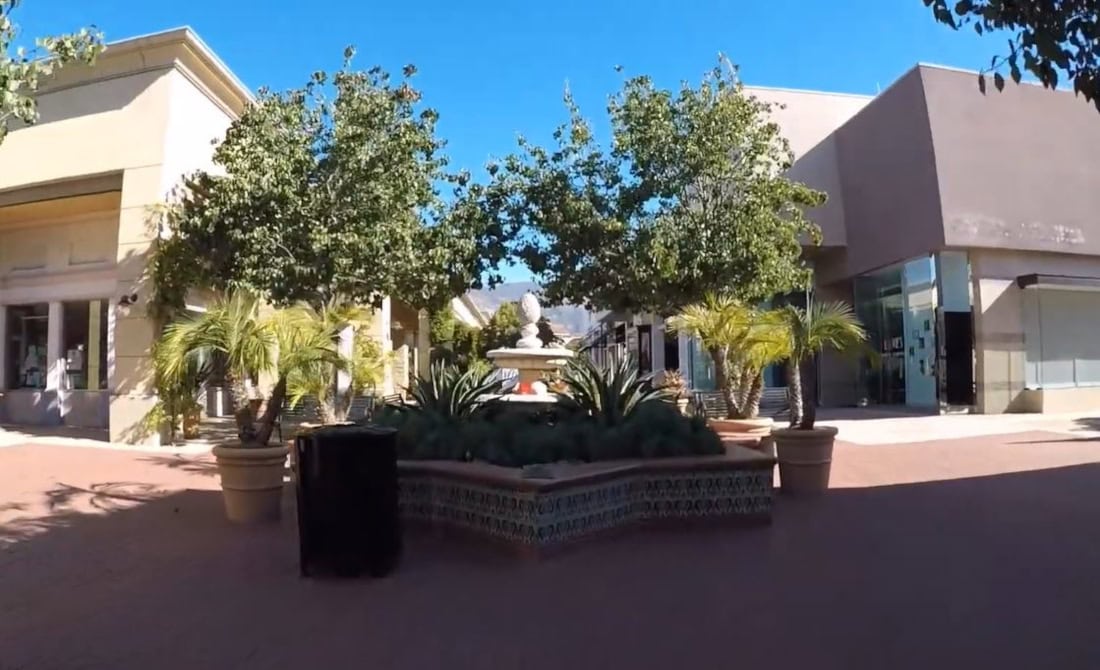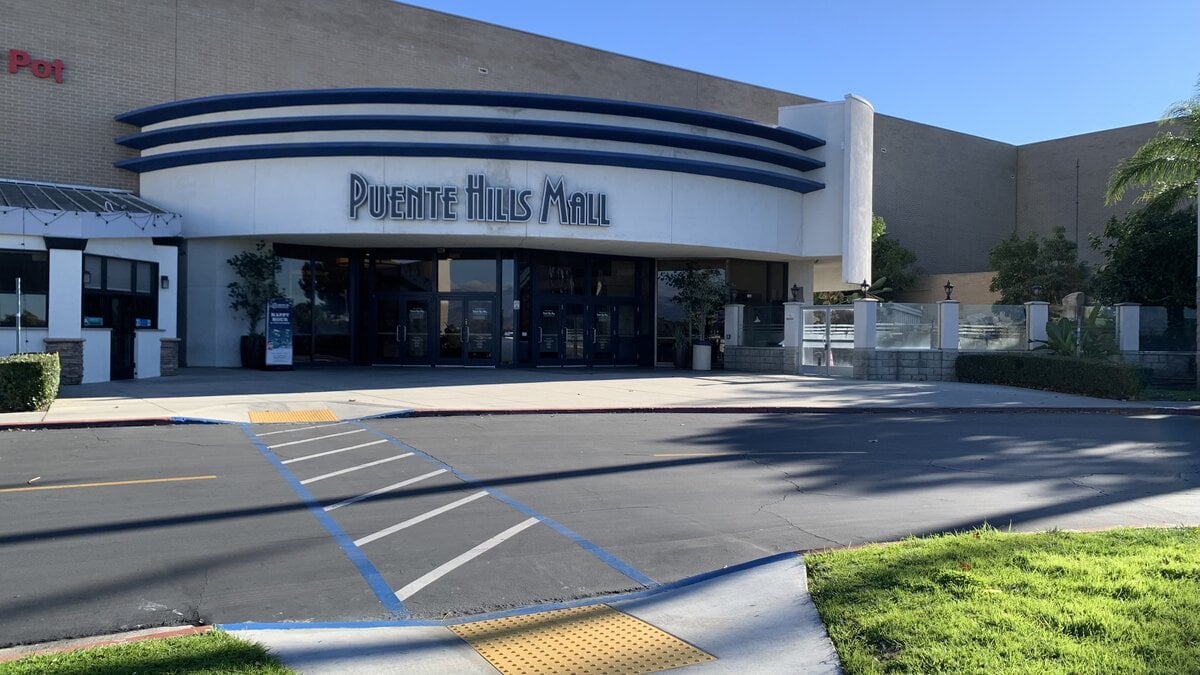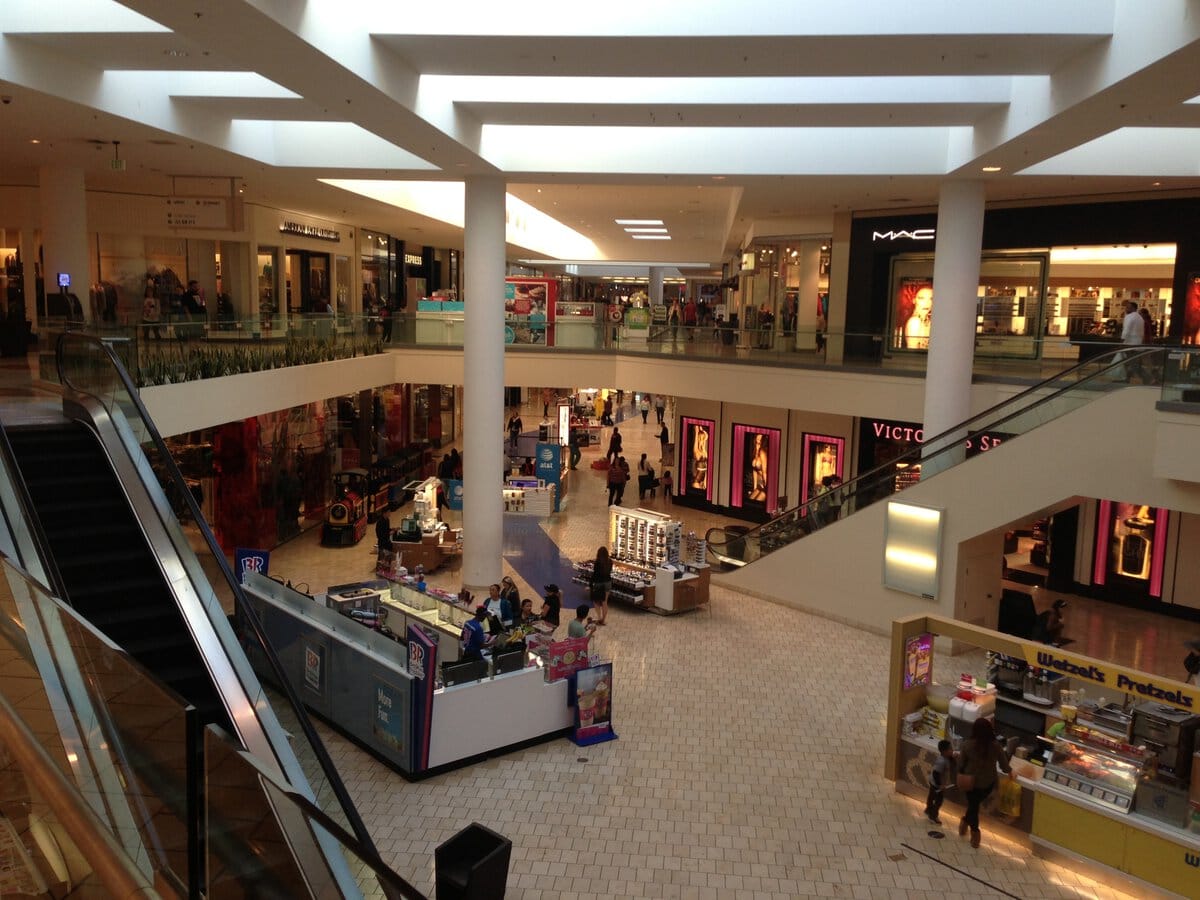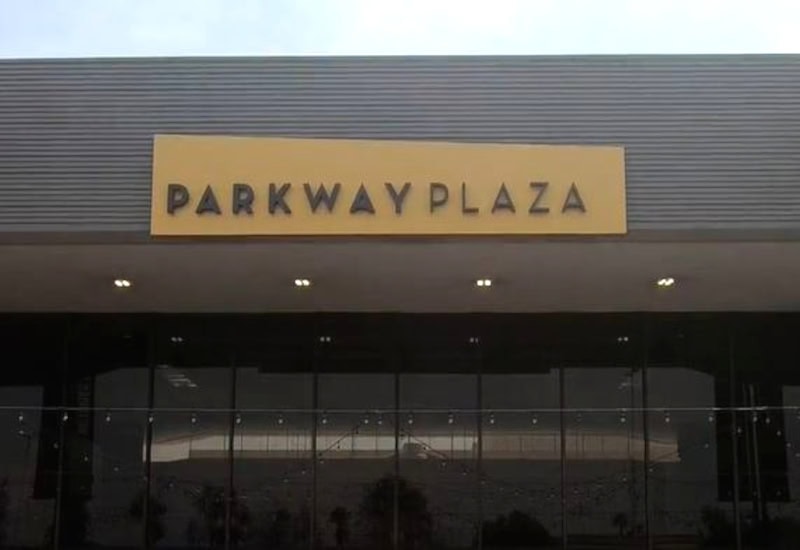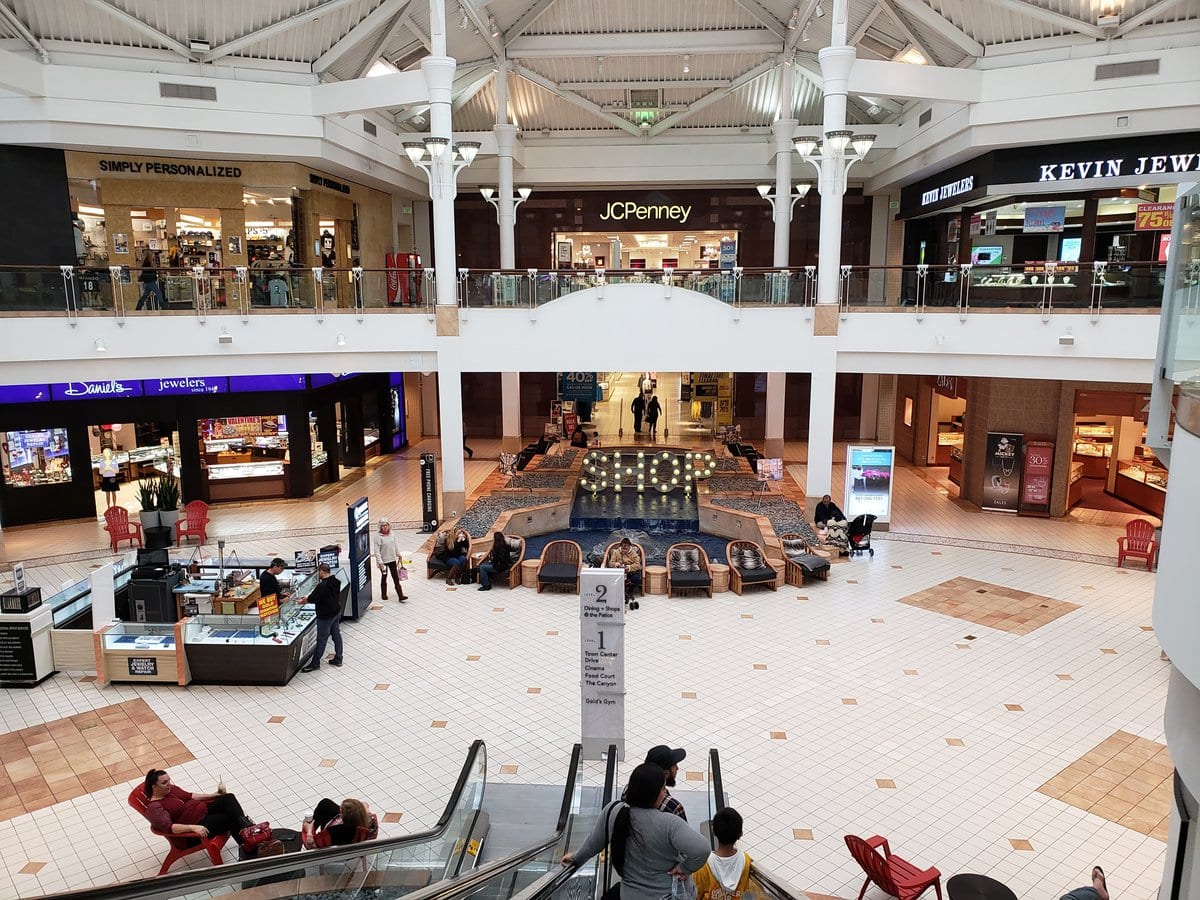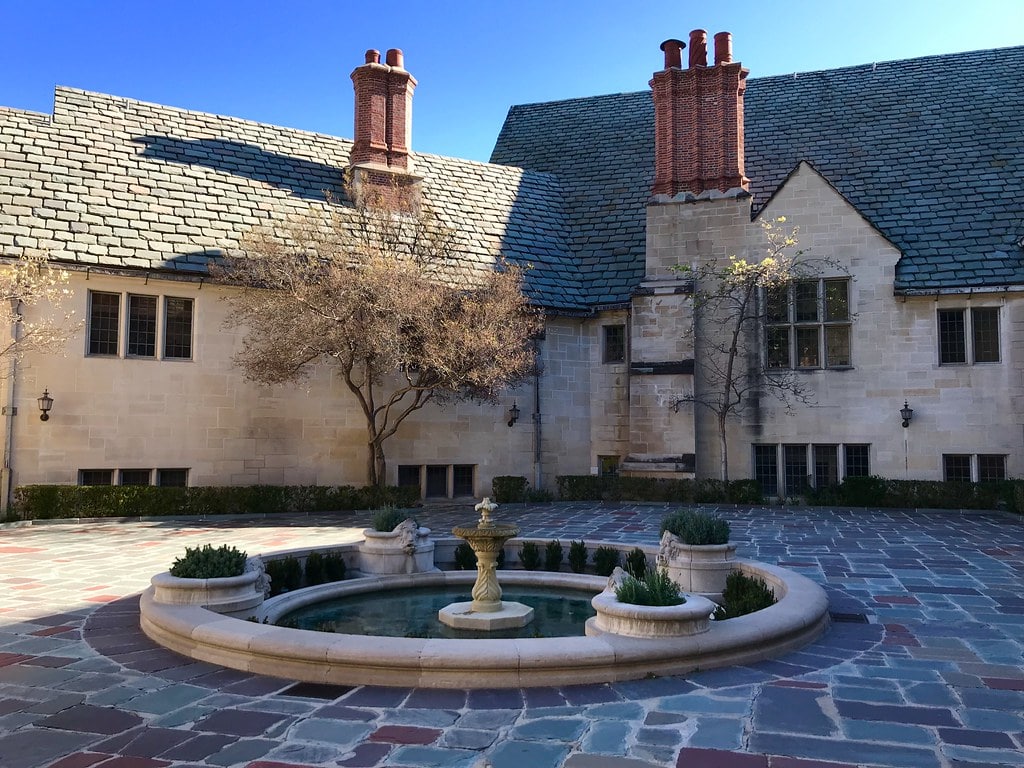Interesting Facts Hidden in Menifee
Many longtime residents pass these streets daily without realizing that the city holds forgotten origins and surprising twists in plain sight.
Menifee has been shaped by mines, retirees, dust storms, renamed towns, and even a police force that started from scratch in 2020.
This is not the usual history lesson but a string of details that reveal how a desert suburb became a fast-growing city with quirks, records, and little-known milestones that still shape daily life.
A Gold Claim Gave the City Its Name
In 1883, miner Luther Menifee Wilson filed a claim after finding a quartz ledge with gold on land near present-day Holland and Murrieta roads.
He called the claim the "Menifee" mine, and the name stuck.
The area around the claim was mostly open rangeland at the time, with cattle operations scattered through the valley.
The mine itself never became a large-scale producer, but the name passed from the claim to the valley, and from the valley to the eventual city.
When Menifee was incorporated in 2008, it was carrying forward a word that had been first written down on mining paperwork more than a century earlier.
A Retirement Experiment That Drew 100,000 Visitors
In 1962, developer Del Webb opened Sun City in what is now Menifee. It was his second retirement community after the Arizona project of the same name.
Built on more than 14,000 acres of purchased ranchland, Sun City was marketed to active retirees.
Within three days of opening, 272 homes had sold.
During that same opening week, an estimated 100,000 visitors came to see the model homes, golf courses, and recreation centers.
The scale of interest confirmed there was demand for this new way of aging in place.
Today, Sun City remains part of Menifee, with street layouts and facilities dating back to that original build.
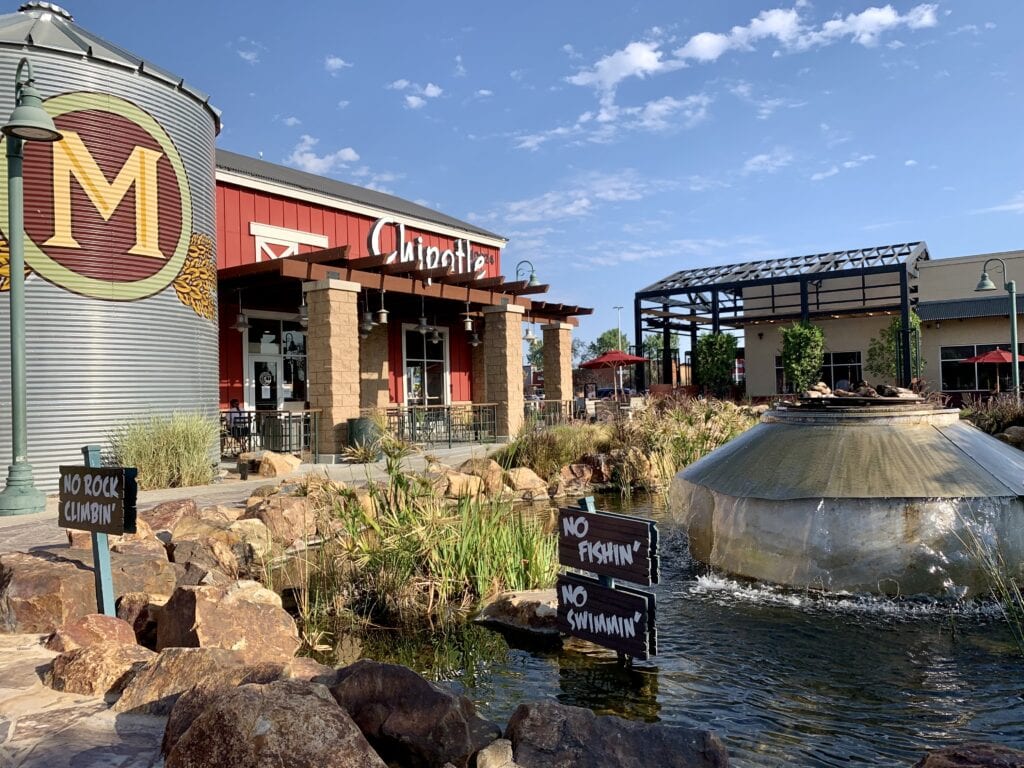
A Community Born in 2008
Menifee officially incorporated as a city on October 1, 2008.
Before then, the region was a patchwork of census-designated places like Sun City, Romoland, Quail Valley, and parts of Winchester.
The decision to incorporate came after years of population growth in the Inland Empire and pressure for more local control over zoning and services.
In the 2000 Census, fewer than 50,000 people lived in the combined area; by 2010, the city counted more than 77,000 residents and 102,000 in 2020.
Incorporation made Menifee one of California's newer cities, formed in the same wave that added nearby Wildomar, Eastvale, and Jurupa Valley in Riverside County.
Growth Tied to Housing Affordability
Menifee's population has surged in the past two decades, tied directly to housing costs.
While coastal Southern California home prices reached unaffordable levels for many buyers, Menifee's median home prices stayed lower.
In early 2025, the average Inland Empire home sold for around $535,000, far below Los Angeles or Orange County.
Families priced out of coastal cities began moving inland, fueling Menifee's boom.
This rapid growth has led to the arrival of new subdivisions, shopping centers, and schools in quick succession.
The city's identity as one of the fastest-growing in California is tied less to industry or tourism than to housing economics.
A Police Department Created From Scratch
Until 2020, Menifee relied on the Riverside County Sheriff's Department for law enforcement.
In June 2019, voters approved forming a municipal police force. On July 1, 2020, the Menifee Police Department began operations.
The city hired its first chief and began recruiting officers from agencies across the state.
Marked patrol cars, new uniforms, and a police headquarters gave the city a visible symbol of independence.
The shift resulted in faster response times and more officers dedicated exclusively to Menifee.
It also marked one of the few cases in Riverside County where a young city created its own department.
Safety Rates That Stand Out
In 2024, Menifee was ranked among the 20 safest cities in California.
Data showed its violent crime rate at 2.4 incidents per 1,000 residents, compared with a state average of 4.2.
Property crime was also lower than the California average, with 14 incidents per 1,000 compared to 25 statewide.
A Climate of Heat and Dust
Menifee averages 263 sunny days each year, with rainfall totaling about 12.5 inches annually.
Summers are among the hottest in Southern California, with average highs near 99°F in August.
On June 20, 2016, the city recorded its highest temperature at 117°F. Winters are mild, though the record low hit 18°F in January 1976.
Because of the arid soil and flat land, residents sometimes report dust storms during the colder months, an uncommon feature for a suburban area.
The weather has shaped local habits, with air conditioning a near-universal necessity and outdoor activities concentrated in the cooler morning and evening hours.
Streets Carry the Names of Early Families
When Menifee was still a collection of rural settlements, its roads often took on the surnames of farming families who lived along them.
These names remained on signs long after subdivisions and retail centers replaced the fields.
Streets like Garbani, Murrieta, and Holland are reminders of who originally settled here, not the developers who later subdivided the land.
The roads themselves often follow older alignments, running past land that once held barns, groves, and cattle pastures.
For longtime residents, these names are tied to stories of early ranchers, while newer arrivals mostly see them as practical navigation points in a growing suburban grid.
Romoland Started as Ethanac
A settlement east of Interstate 215, now folded into Menifee, was once called Ethanac.
The name came from rancher Ethan A. Chase, who promoted small farm plots there in the early 1900s.
In 1925, the area was renamed Romola Farms and marketed for fig orchards and vineyards.
Later, the post office adopted the shortened name Romoland to avoid confusion with Ramona in San Diego County.
One of the remaining landmarks is a barn built from salvaged wood, once used as a produce stand.
Motte Museum Preserves Roadside History
On Highway 74 in Romoland, part of Menifee, stands the Motte Historical Museum.
The museum is housed in a barn built in 1985 using salvaged wood and materials.
Originally a produce stand run by the Motte family, the building was later converted to display the family's collection of vintage cars.
Today, visitors see classic vehicles alongside displays about local farming history.
The museum is one of the few attractions in Menifee that ties directly to the agricultural era, before suburban development covered most of the land.
Its distinctive barn shape and car exhibits make it a recognizable roadside stop.
Action Sports Park Draws Riders
In a suburban landscape better known for tract housing, Menifee has an unusual attraction: the Action Sports Park.
Opened as a four-acre facility, it is considered the largest extreme mountain bike park in Southern California.
The site features dirt jumps, berms, and tracks designed for both beginners and experienced riders.
It stands out in contrast to nearby golf courses and senior centers, offering a different kind of recreation.
The park attracts riders from other Inland Empire cities and has become a gathering point for local youth.
Its presence reflects city investment in non-traditional recreation alongside more standard suburban facilities.
College Campus Anchors the Valley
Mt. San Jacinto College's Menifee Valley Campus opened in the early 1990s and has since become one of the fastest-growing community colleges in California.
It offers programs ranging from nursing to business administration.
In partnership with the University of Massachusetts Global, the campus also provides Menifee's first four-year degree options, allowing students to complete a bachelor's degree without leaving town.
The campus serves not only Menifee residents but also those from Murrieta, Temecula, and Lake Elsinore.
For a city incorporated only recently, the presence of a large public college has given Menifee an anchor institution earlier than many new suburbs achieve.


